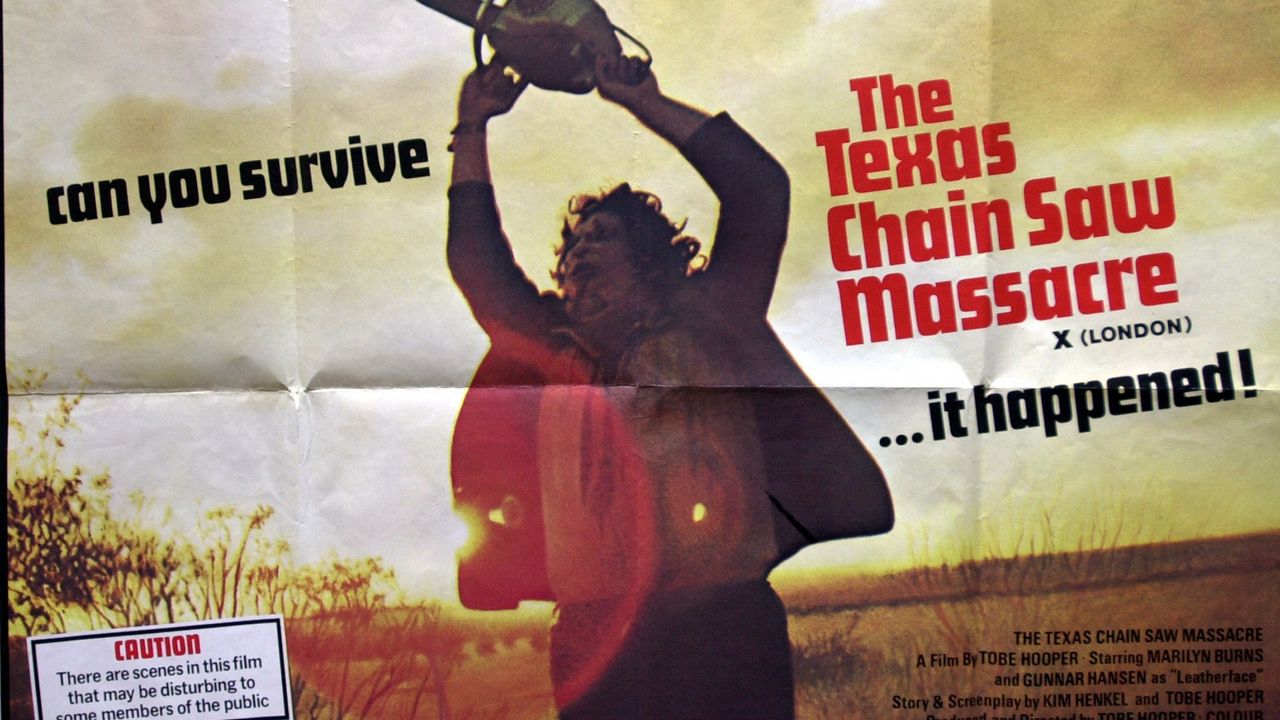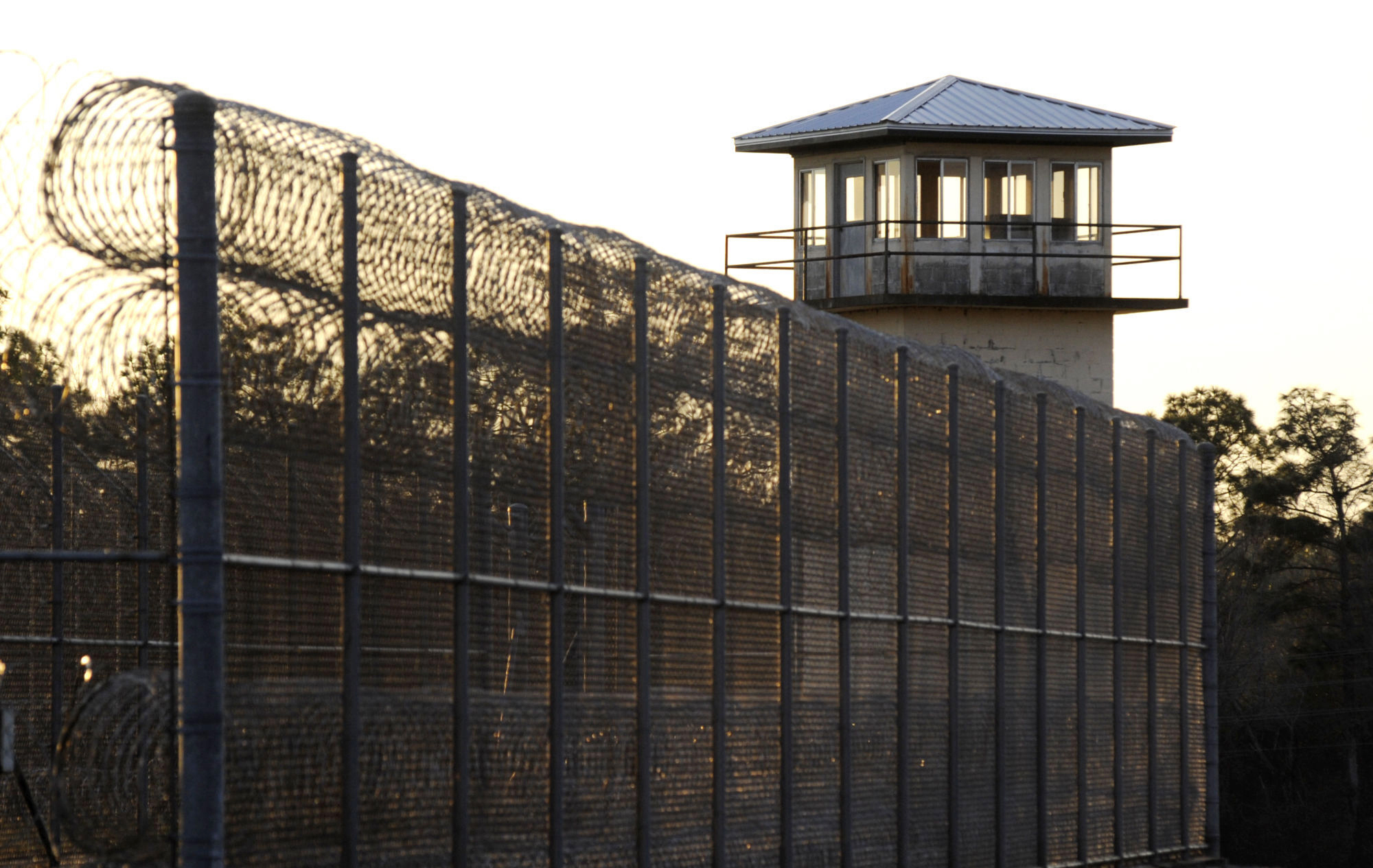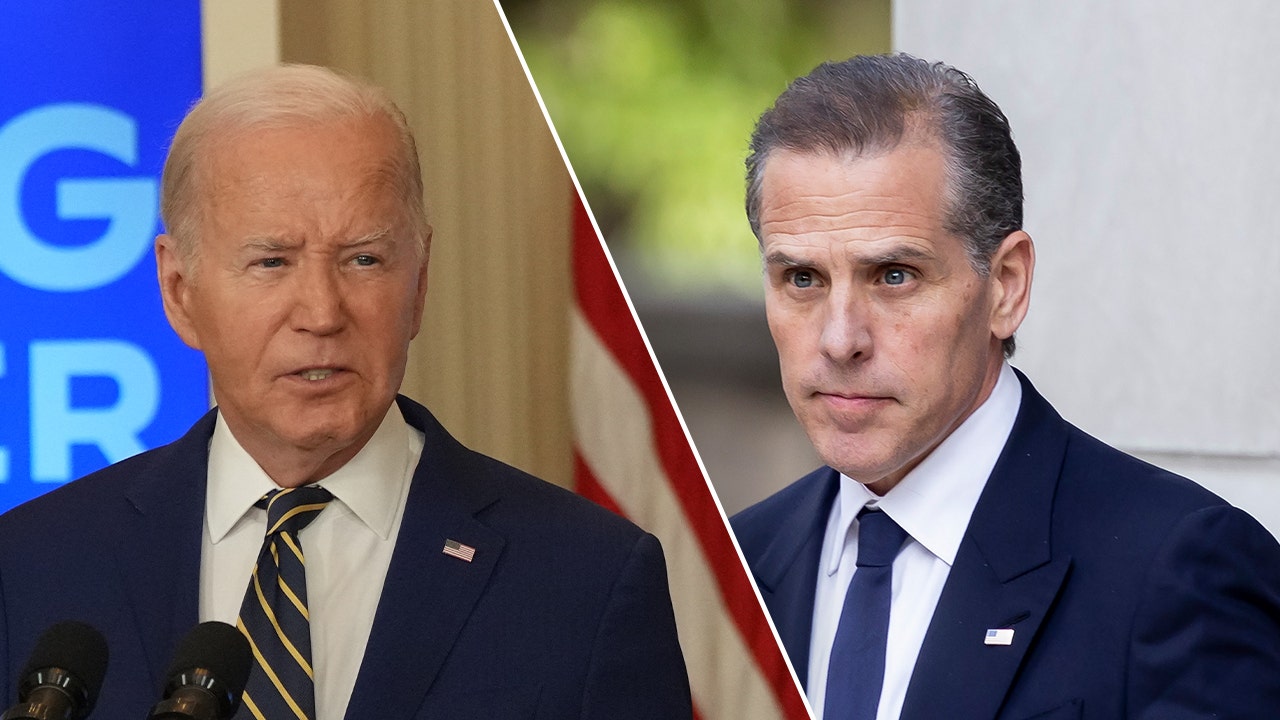Arizona
WATCH: Harris speaks at campaign event in Scottsdale, Arizona

Vice President Kamala Harris wrapped up a three-day western swing with a campaign event Friday in Scottsdale, Arizona.
Watch Harris’ remarks in the player above.
Earlier in the day, she participated virtually in a White House briefing with President Joe Biden on the recovery effort from hurricanes Milton and Helene.
“The bottom line is this: We are in this for the long haul,” said Harris as she sought to reassure those who endured losses from the hurricane that they would get help from the government.
WATCH: Biden and Harris discuss federal response after Helene and Milton strike U.S.
Biden went after his predecessor, former President Donald Trump, saying that he’s “just the biggest mouth” for disinformation about the government’s response to the hurricanes. The president added that the disinformation is a “permanent state of being for some extreme people,” but that he believes the country as a whole wants facts and bipartisan cooperation to address natural disasters.

Arizona
A reporter’s short journey from Phoenix to Newark

Why is Delaware known as ‘The First State’?
Delaware is known as ‘The First State,’ Here’s why.
Even though I grew up across the river in New Jersey, I didn’t know a ton about Delaware. I knew Joe Biden was from here and Joe Flacco played here.
I left New Jersey to go to college at Arizona State at the Cronkite School of Journalism and Mass Communication. My career in Arizona was long and is filled with highlights, I reported on U.S. Senate debates, college football games and pro-Palestine encampments while serving as the ASU student news publication’s editor-in-chief until I graduated in May.
In Arizona, I usually covered state and local policy and government. It was a circus, and elections from the local to federal level were razor-thin. It was fun.
I also covered some sports in my time at Arizona. I was lucky enough to cover ASU’s last football game in the Rose Bowl as a member of the Pac-12, and directed and contributed to coverage of Pac-12’s conference realignment.
I joined The News Journal staff in August, unsure of what happens in Delaware and what people cared about. So far, I have been blessed to be given opportunities to dive into the local and fast-paced coverage that defined my time in the desert. Delaware is way different than anywhere else in the country and has a unique set of advantages and problems.
I’m happy to be here in Delaware and hope to dive deeper into topics that Delawareans care about. I cover local government in New Castle County and breaking news, but I want to cast a wide net. Shoot me an email if you think something should be covered; I want to hear from you.
Here is a Q&A to get to know me better. Follow my socials to get all the updates.
You came to this role from Arizona, a very different state than Delaware in many ways. Are there already issues you see resonating in both places right now, especially with voters?
All of Arizona’s policies, especially from the Republicans in the state Legislature, made a lot of noise. A lot of them enacted sweeping changes and were very black-and-white. Covering politics in Delaware requires getting into the minutiae of the law and what is changing for whom. One issue that I was surprised to see in Delaware that is similar to Arizona is the lack of road safety. It shocked me to learn that pedestrians die at similar rates in both states, which could not be any different in every way. Neither state has done much to mitigate the risk.
What do you think?: We welcome voices from all perspectives to shares views on issues of the day
We live in a very challenging time for newspapers and journalism in general. What made you choose this as a career and what role do you think your generation needs to play to protect the Fourth Estate and keep it viable and trustworthy for the communities we serve?
Anyone can access any kind of information at any time. Because of this kind of access, correct and incorrect things can get mixed up and presented equally. The News Journal and every other established local news publication play an invaluable role in communities across the country. I wanted to contribute to quality and reliable local news in any way I could.
What do you like to do for fun? Any interesting hobbies or interests?
I have been a lifeguard on the beach in Asbury Park every summer for six years, so I like to swim, surf, fish and row over everything. I am in the market for some waves on the Delaware beaches, so let me know any good spots I should check out.
Arizona
Examining top issues for voters in Arizona, a key battleground state in 2024

Watch CBS News
Be the first to know
Get browser notifications for breaking news, live events, and exclusive reporting.
Arizona
Arizona Legislative District 1 candidates debate water – Sedona Red Rock News

The Citizens Water Advocacy Group, a nonprofit advocating for water conservation, held its 20th annual online forum for the Arizona Legislative District 1 candidates on Saturday, Oct. 5.
“CWAG is nonpartisan, but all water issues are political,” CWAG board member and forum moderator Gary Beverly said. “There’s a difference between political and nonpartisan. CWAG does not endorse candidates. The forum’s purpose is to insert water issues into the political and electoral dialog and to educate voters and candidates about water issues.”
The forum’s participants were Democratic State Senate candidate Mike Fogel and three State House candidates, Republican incumbent Selina Bliss and Democrats Jay Ruby and Marcia Smith. Republican State Senate candidate Mark Finchem planned to attend but withdrew due to a conflict the day before the forum, while Bliss noted that Republican incumbent Rep. Quang Nguyen was unable to attend due to a board meeting of the Arizona State Rifle and Pistol Association.
Nguyen also announced on Monday, Oct. 7, that he was stepping down as president of that association.
Finchem defeated incumbent Ken Bennett in the Republican primary by 26,449 votes to 18,217.
Water Deficit
“The theme of the forum is how [the] LD-1 senator and representatives can help address our growing groundwater deficit and a declining Verde River,” Beverly said. “The Verde River is in trouble right now, folks, although there’s no immediate crisis to municipal water supplies. Some county residents are now struggling with failing wells. However, there is a real long-term threat to our water supply, the Verde River, wildlife and recreation [which] are important components of our quality of life.”
A CWAG informational packet stated that increasing water demands in the Prescott Active Management Area are of concern to CWAG because the region is moving further from a balance between groundwater recharge and withdrawal. In 2019, the annual overdraft exceeded 21,000 acre-feet, and cumulative overdrafts now surpass 600,000 acre feet, all of which is water not entering the Verde River.
“But also [I] want to point out that the baseflow is now down to 13 cubic feet per second,” Beverly said in a previous presentation. “In 1978 it was 20, now it’s 13. This is a matter of deep concern.”
One of the forum’s discussions explored candidates’ positions on the Big Chino Pipeline project proposed by the town of Prescott Valley and the city of Prescott to move up to 3.9 billion gallons of water, or 18,000 acre-feet, per year from the Verde River watershed and Big Chino Aquifer to the Prescott area. The base flow of the upper Verde is about 10,000 acre-feet per year.
“The legislature has authorized more than enough groundwater to dry up the river and they did not consider the extraordinary value of the Verde River,“ Beverly asked the candidates. “What are your concerns about further degrading or drying the Upper Verde?”
“Over-pumping groundwater exists as a potential existential threat to the Verde River,” Ruby said. “We need to maintain, and, if possible, increase the base flow of the Verde River. We need to regard the Big Chino Aquifer as part of the subflow of the river, so that the source point can be safeguarded. We should not forget that climate change adds to this threat as it is a driving factor in our area, receiving less snowpack in the winter. Sadly, our current representatives, Bliss and Nguyen, voted to prohibit Arizona from collecting data and information related to limiting the increase of the average global temperature, or producing or adopting a climate action plan to reduce global temperatures.”
Smith thanked Bliss for her support of the Wild and Scenic River designation for the Verde River and stated that she was optimistic that the designation “will come with additional protections” for the river.
“Unmitigated groundwater exports from the Big Chino Valley will degrade, even dry up, the Upper Verde,” Fogel said. “After all, over 80% of the Verde river’s flow comes from the Big Chino Aquifer. Drawing down the aquifer for municipal purposes at the rate of 18,000 acre-feet per year will eventually dry up the Upper Verde. Generally, the law … disallows exporting water into [active management areas]. Now an exception was made by the legislature, allowing exported water into the Prescott AMA. And then there was a handshake promise to offset the effects of the pipeline pumping by both Prescott and Prescott Valley. The problem is, to date no plan has been made to mitigate the taking.”
Bliss said that CWAG having introduced her to the documentary film “Viva la Verde” by filmmaker Hugh Denno was “some of what called me to run for office as a state legislator.”
Verde River Concerns
Beverly subsequently asked the candidates how they would address their concerns for the Verde River.
“We know that the Verde is being put at risk due to groundwater pumping, particularly from the Big Chino Aquifer, which provides 80% of its base flow,” Smith said. “We also know that landowners have the right to pump out the water below their property without limit outside an AMA, as long as it is for a beneficial use of irrigation. So I just don’t see how we can protect the Verde River unless we address the unlimited pumping of groundwater in rural areas.”
The Democratic candidates made monitoring groundwater usage a component of their platforms.
“At present the [Arizona Department of Water Resources] lacks data on groundwater pumping in 87% of the state,” Beverly said to the candidates. “A huge gap in critical waterdemand information. You can’t manage what you don’t measure. For the last several legislative sessions, a worthy bill would have required wells outside of AMAs to report pumping over 10 acre-feet per year. The bill was denied committee hearings by two rural committee chairs, Gail Griffin [RDistrict 14] and Sine Kerr [R-District 13], who were apparently responding to the objections of farmers who fear a ‘slippery slope’ to regulation.”
“I’m hearing there’s not currently an appetite for supporting additional metering on the large wells,” Bliss said. “Our local farmers and ranchers have made it clear they would not support this. And as to domestic wells … we brought this up in past [CWAG] forums. They’re already limited at 35 gallons per minute, and we can’t force the metering of domestic wells if we say we respect private property rights.”
Instead, Bliss stated, she would instead support an appropriation to construct index wells in the area.
“Politicians and regulators in Phoenix like to say they just want more data so they can get a better understanding of the aquifer,” Bliss said. “ I’m thinking individual well data is not needed to understand basin hydrology if the goal of getting the data is to monitor overall aquifer health; this can be accomplished through index wells … What is an index well? The definition is to provide a consistent water level history for selected wells.”
“ADWR is apparently unaware that about 500 family wells on the edges of the Little Chino Aquifer in the PrAMA are now failing, an early symptom of excessive groundwater pumping,” CWAG wrote in an April opinion piece in a Prescott publication.
-
/cdn.vox-cdn.com/uploads/chorus_asset/file/25439572/VRG_TEC_Textless.jpg)
/cdn.vox-cdn.com/uploads/chorus_asset/file/25439572/VRG_TEC_Textless.jpg) Technology1 week ago
Technology1 week agoCharter will offer Peacock for free with some cable subscriptions next year
-

 World1 week ago
World1 week agoUkrainian stronghold Vuhledar falls to Russian offensive after two years of bombardment
-

 World1 week ago
World1 week agoWikiLeaks’ Julian Assange says he pleaded ‘guilty to journalism’ in order to be freed
-

 Technology1 week ago
Technology1 week agoBeware of fraudsters posing as government officials trying to steal your cash
-

 Health6 days ago
Health6 days agoHealth, happiness and helping others are vital parts of free and responsible society, Founding Fathers taught
-

 Virginia1 week ago
Virginia1 week agoStatus for Daniels and Green still uncertain for this week against Virginia Tech; Reuben done for season
-

 Sports7 days ago
Sports7 days agoFreddie Freeman says his ankle sprain is worst injury he's ever tried to play through
-

 News6 days ago
News6 days agoLebanon says 50 medics killed in past three days as Israel extends its bombardment















